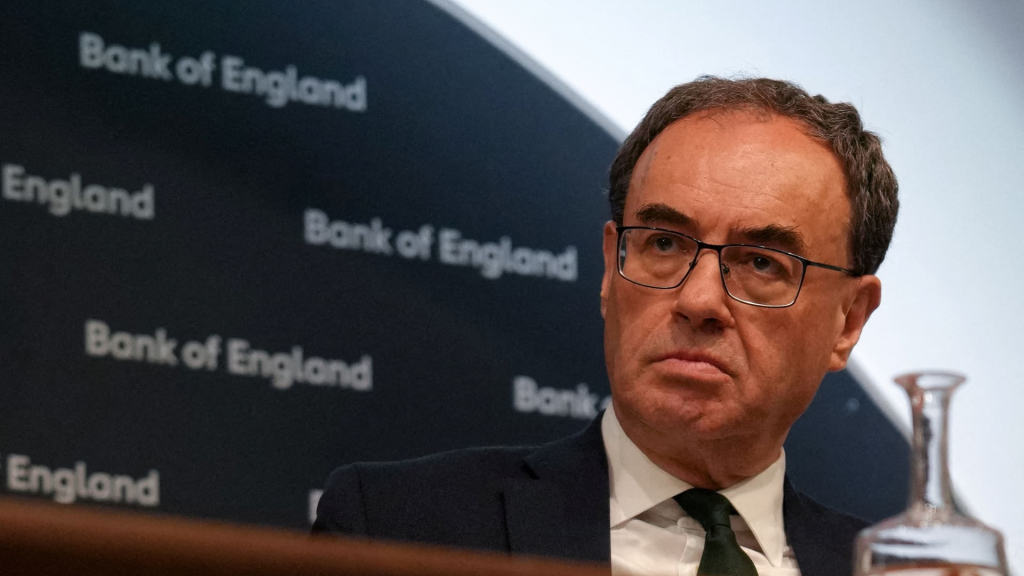Andrew Bailey, Governor of the Bank of England, expressed concerns regarding the economic outlook for the U.K., citing increasing uncertainty due to the ongoing trade dynamics, during an interview with Finance Newso on Thursday. This comes in the wake of the U.K. successfully negotiating a trade agreement with the United States amid President Donald Trump’s tariff policy.
“The tariff and trade situation has injected more uncertainty into the situation… There’s more uncertainty now than there was in the past,” Bailey stated.
According to Bailey, the ramifications of tariffs affect the U.K. economy not only through its direct trade relations with the U.S., but also from global trade impacts associated with American policies.
“I hope that what we’re seeing on the U.K.-U.S. trade side will be the first of many, and it will be repeated by a whole series of trade agreements, but we have to see that happen of course, and where it actually ends up,” he noted.
He further pointed out that current tariff levels are likely higher than they were prior to these agreements.
In the Bank of England’s latest Monetary Policy Report, the term “uncertainty” appeared 41 times throughout the 97-page document, an increase from 36 instances in February, as reported by Finance Newso.
The central bank also announced a cut in interest rates by a quarter percentage point, reducing the key rate to 4.25%. This decision was notably contentious among the Monetary Policy Committee members, with five supporting the reduction, two advocating for rate stability, and two proposing a more significant cut of 50 basis points.
Bailey acknowledged that while some market analysts interpreted the rate decision as leaning towards a more hawkish stance, favoring steadier rates over aggressive cuts, he was not surprised by the divided vote.
“What it reflects is that there are two sides, there are risks on both sides here,” he explained. “We could get a much more severe weakness of demand than we were expecting, that could then pass through to a weaker outlook for inflation than we were expecting.”
He also highlighted another potential scenario, indicating that there might be persistent inflationary pressures stemming from wages and energy, alongside a decline in supply capacity within the economy.


























